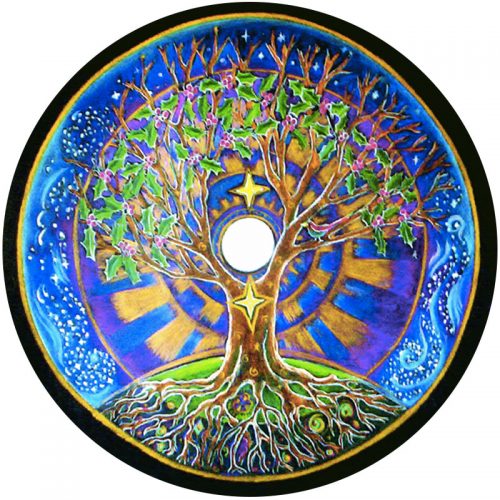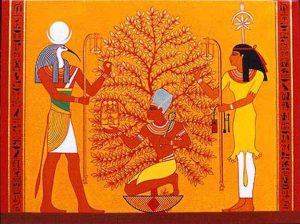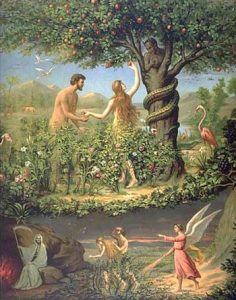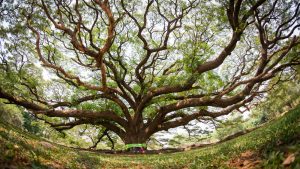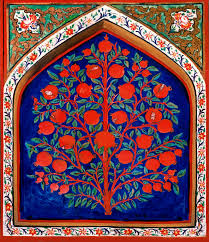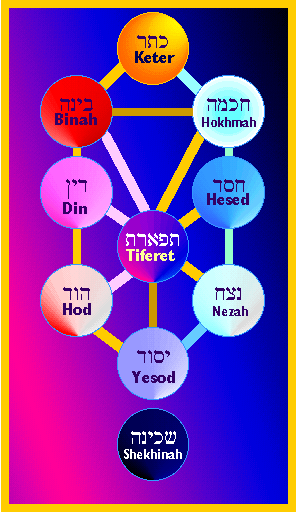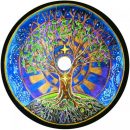The Meaning of the Tree of Life
The ‘Tree of Life’ is a mystical tree that is well-known throughout many ancient cultures, stretching all the way back into the distant past to the oldest civilizations in the world. Different religions call it by different names, each with its own mythology. But they all have similar meanings as the source of life…spiritual or literal.
The image is widely thought to represent the Divine Creator, and it is revered as the representation of the interconnectedness of all beings. These interpretations are excellent summaries of the various mythical and religious interpretations the Tree of Life throughout history.

